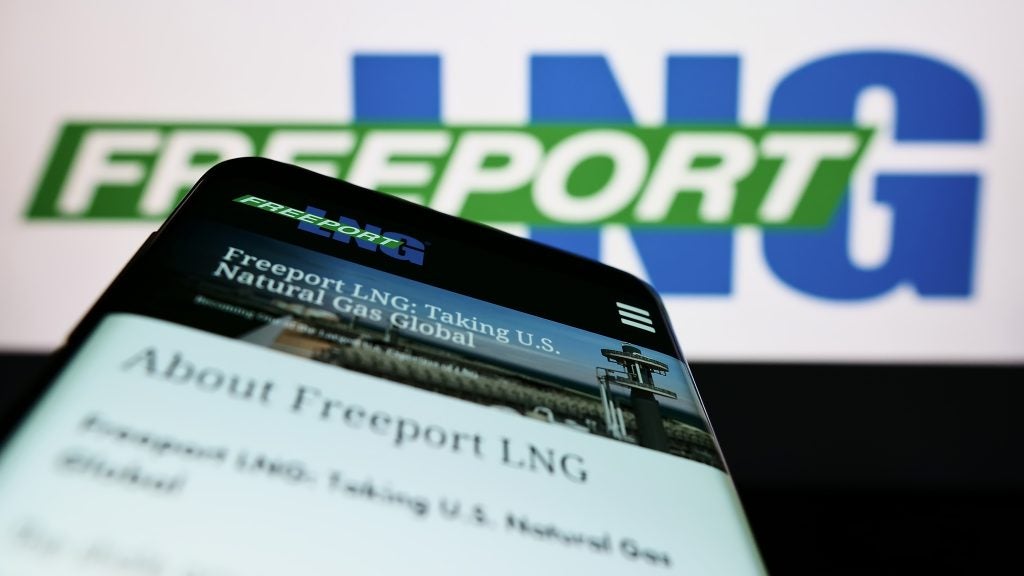One of the US’ largest liquified natural gas (LNG) exporters is almost ready to reach full production after suspending most operations earlier in July as Hurricane Beryl approached the southern US coastline.
Data from analytics company LSEG indicated that the Freeport LNG facility was ready to return to full production, taking in more than two billion cubic feet per day (bcf/d) of natural gas.
Freeport LNG is the second-largest US LNG exporter, with an installed capacity of 15 million tonnes per annum. The US recently became the world's largest LNG exporter after slowly upping investments in shale exploration over several years.
The facility began shutting down as Hurricane Beryl approached and has been gradually opening up over the past few weeks.
Hurricane Beryl severely impacted parts of the Caribbean and the Gulf Coast of the southern US in late June and early July 2024.
On 8 July it made final landfall near Matagorda, Texas but slowly weakened, eventually becoming a post-tropical storm over the state of Arkansas and then dissipating over Ontario around a week later.
Oil ports closed across a 200-mile stretch of the Texas coast, from Corpus Christi to Houston, as the weather front closed in on the area.
The Freeport LNG facility shut down on 7 July but since then has been been slowly increasing feedgas demand.
It announced two weeks ago that it planned to restart the plant one processing train at a time to give itself time to make repairs.
The facility has suffered several issues in recent months. Back in April, the Texas environmental regulator fined it $152,173 for violating state air pollution emissions rules between 2019 and 2021.
The Texas Commission on Environmental Quality said Freeport LNG had released carbon monoxide, hydrogen sulphide, nitrogen oxides, sulphur dioxide and volatile organic compounds over several years in excess of the permitted levels from flaring at the plant in Quintana.
Just prior to this incident, a fire caused the plant to be shut down from June 2022 to February 2023.









